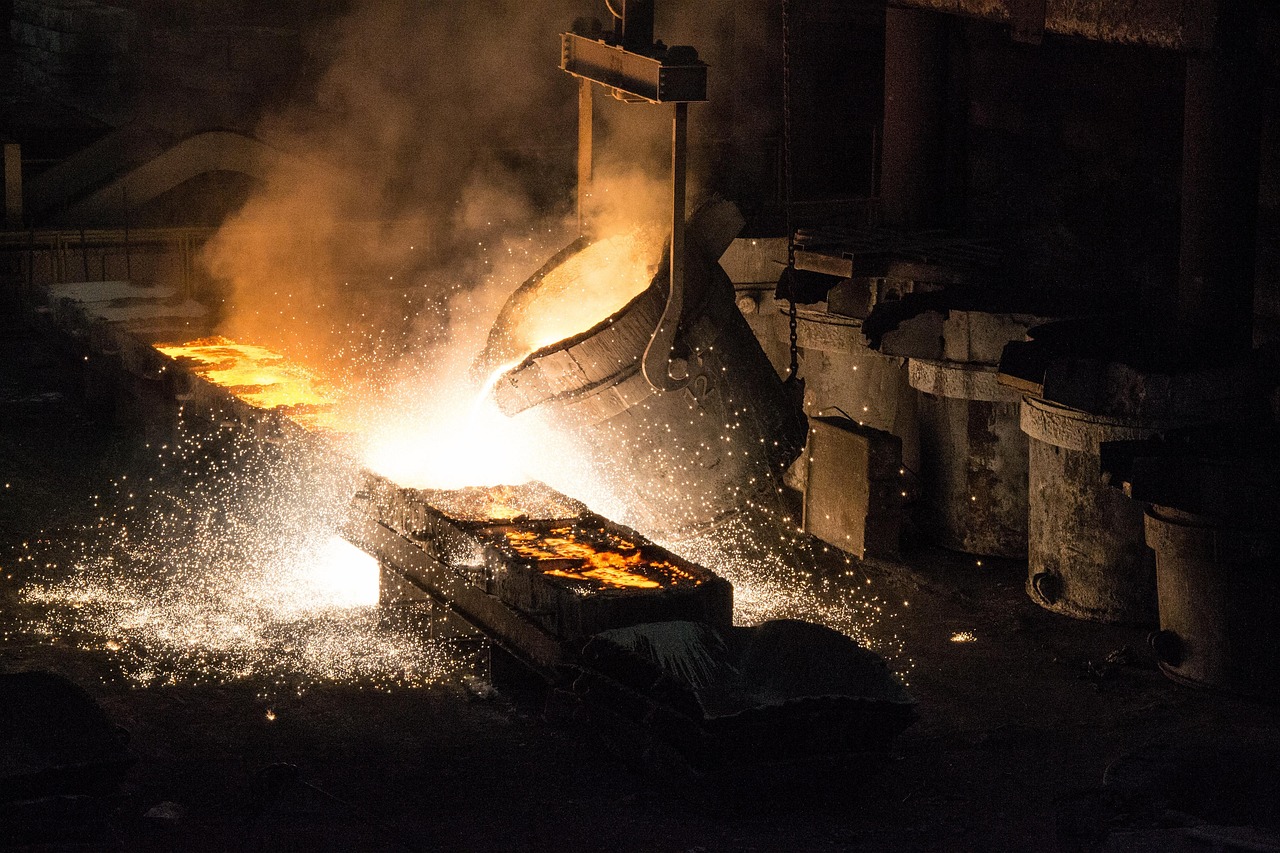Investments in Poland will be directed to the development of a number of sectors
In 2025, investments in Poland will reach 160 billion dollars. This was announced by the country’s Prime Minister, Donald Tusk. The politician noted that the increase in funding will help strengthen a number of important areas for the country’s development.
One key area for investment is transport infrastructure and renewable energy. The funding is part of the government-approved economic support plan. In addition to the investments, it includes a review of tax rates and incentives for growth in several areas. The programme also includes investment in the development of railways. These will amount to PLN 180 billion and will be allocated until 2032.
Poland has experienced high rates of economic growth in recent years. It is considered one of the fastest-growing countries in the EU, outperforming a number of its neighbours. However, the local economy has its weaknesses. Among these, experts point to insufficient investment.
Therefore, the country’s government intends to increase investment in various sectors, including research and technology. Additional funds will also be earmarked for improving port infrastructure. One key area of economic policy is business support. The authorities have developed measures to stimulate private enterprise. This will strengthen the business environment and provide a solid foundation for the country’s economy, especially in the face of global challenges.
Development of the metallurgy sector
Poland is expanding its metal smelting turnover. In 2024, local companies increased production volumes by more than 10%, putting Poland among the top 25 steel-producing countries in the world. Experts also noted the industry’s positive dynamics. The sector has been declining due to global and domestic factors since 2022. However, strong results in 2024 point to a recovery.
The situation in the sector developed as follows:
1. The steel industry experienced a downturn in 2020 due to the pandemic. At that time, production was 7.9 million tonnes.
2. The construction boom in 2021 triggered a strong demand for products. As a result, local companies produced 8.5 million tonnes of steel.
3. The geopolitical conflict and energy crisis in 2022 shook the stability of the industry. As a result, production fell to 7.4 million tonnes.
4. The situation worsened in 2023 due to weak growth in the EU economy. Output declined to 6.4 million tonnes.
In 2024, the rate of market recovery increased significantly. This had a positive impact on production and consumption in the steel industry. There was also an upturn in production in the European Union. It totalled 129.5 million tonnes in 2024. This figure is 2.6% higher than the previous year’s result.










